A tiger is, undeniably, one of the most charismatic of all the animals out there. The black striped pattern across its body uniquely identifies each tiger with a tinge of contrasting orange of varying intensity adding to its magnificence. The tigers identify each other based on these stripes.
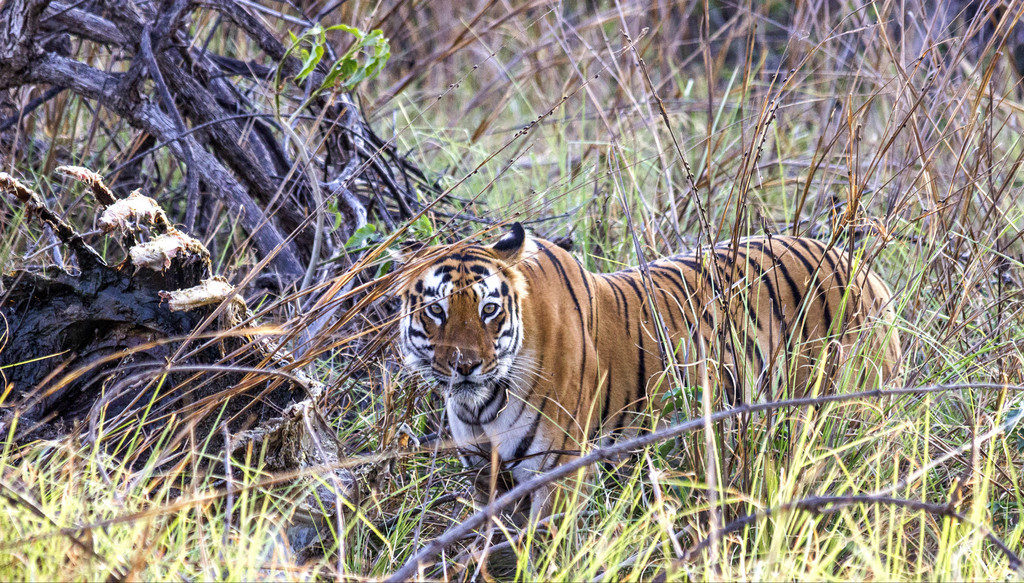
India is renowned for its majestic tigers. I have visited numerous national parks in India and gathered information from diverse sources to present this insightful article on tigers. The images featured in this article were captured at several prominent tiger reserves in India. India boasts a staggering 70% of the global tiger population. However, there is a grim history behind this statistic. Do not be satisfied with these figures alone. Stay tuned for some startling revelations later in this article. Other countries with significant tiger populations include Russia, Indonesia, Malaysia, and Nepal.
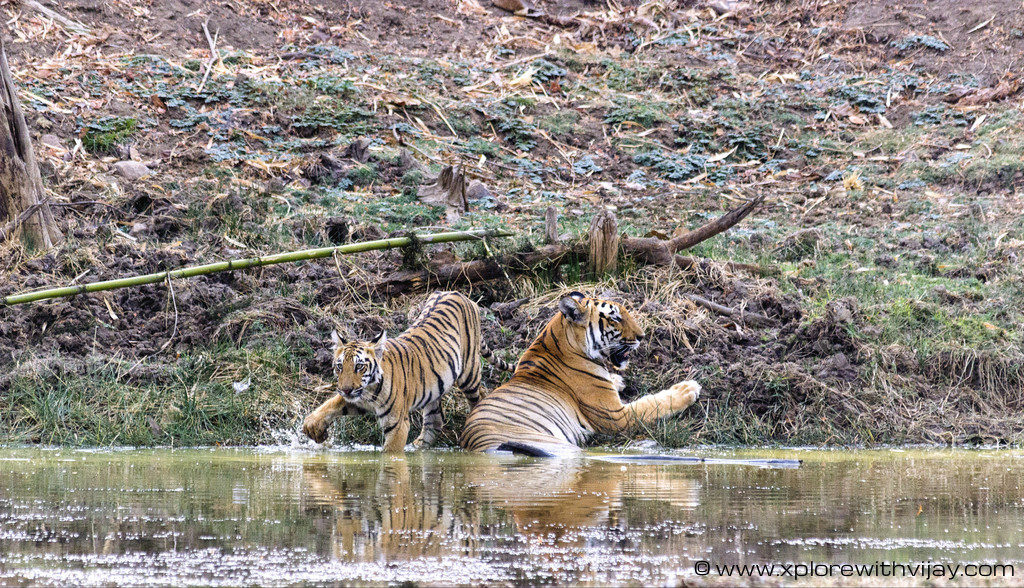
In this modern era of information, we have encountered numerous images and videos showcasing these magnificent creatures, and they appear truly beautiful. Nevertheless, the story of tigers in their natural habitat has been far from joyful, especially in the past. The very actions of few greedy humans have led to the systematic destruction of these majestic species.

The tiger population stood at approximately 100,000 at the start of the 20th century, but recent census data indicates that only 3,100 tigers remain today. The declining number of these impressive creatures over time has raised alarm. Nevertheless, these figures have only recovered thanks to a range of tiger conservation efforts. International Tiger Day, observed on July 29 annually, is devoted to promoting awareness about tiger conservation, aiming to enlarge their natural habitat and halt their decline. Several factors have contributed to the reduction in the population of these magnificent animals.
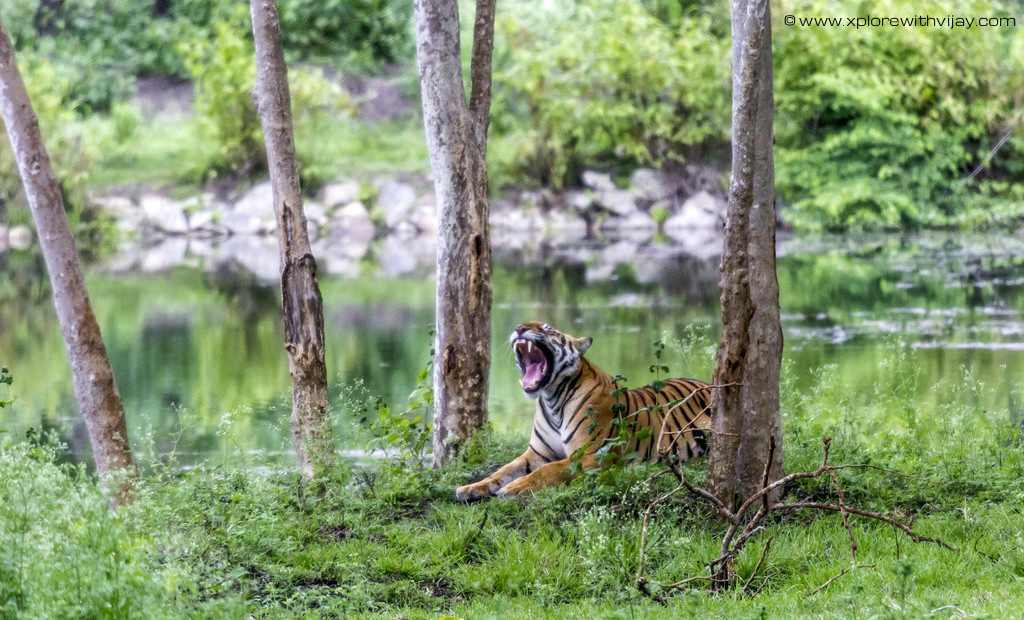
Deforestation is a major factor contributing to the significant decrease. The deciduous forests serve as a crucial habitat for these species, and their reduction results in the loss of the ecosystem. Male tigers typically have larger territories compared to females, allowing for overlapping areas where mating can occur. Normally, the territories of adult males do not intersect with those of other adult males. However, due to a significant portion of forested areas being cleared for urban development or commercial purposes, tigers are forced to compete for territory, leading to conflicts and territorial disputes.
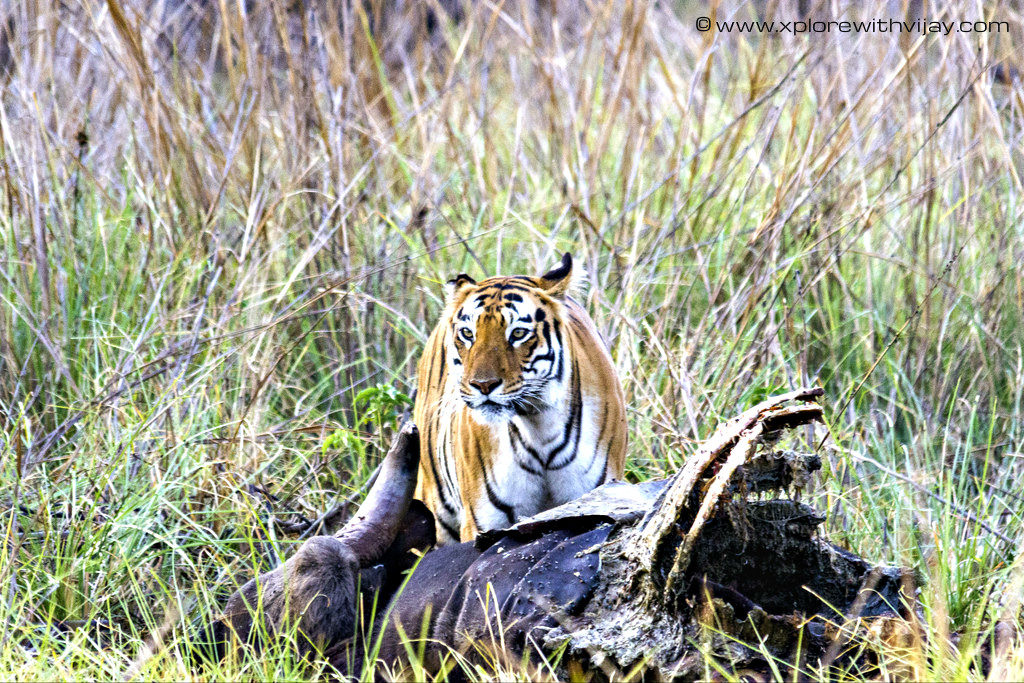
Extensive deforestation has had a significant impact on the environment’s sustainability, resulting in drastic climate changes. The decrease in forested areas has opened up opportunities for poachers and hunters, posing a threat to the survival of tigers in India. The tiger population in the country suffered greatly during British rule due to widespread killings. Similarly, in Russia, the tiger population has decreased from around 10,000 to as few as 100 in recent years. Poachers have confessed to selling tiger skins to buyers in China, Nepal, and Tibet for large amounts of money.
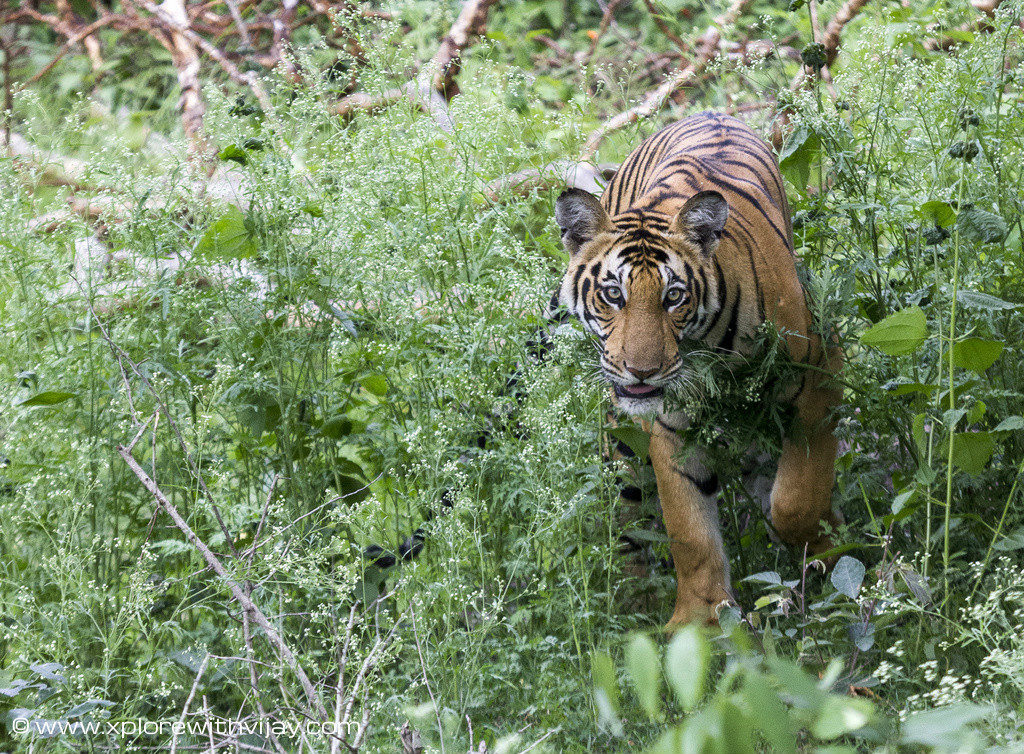
The inception of International Tiger Day dates back to 2010. Since then, there has been a significant rise in the global tiger population. Increased awareness about this endangered species has led to a steady growth in their numbers. Nevertheless, reports of tiger poaching still persist in some regions.

Fellow photographers, wildlife conservationists and/or enthusiasts, and pretty much every other human on this planet, let’s take a pledge to create awareness about our beleaguered big cat.
The mere existence of tigers in their respective territories, shall help thrive many other species and, hence, a balanced ecosystem. Let’s live in harmony!
Here are some of my best photographs of these magnificent striped Big Cats!
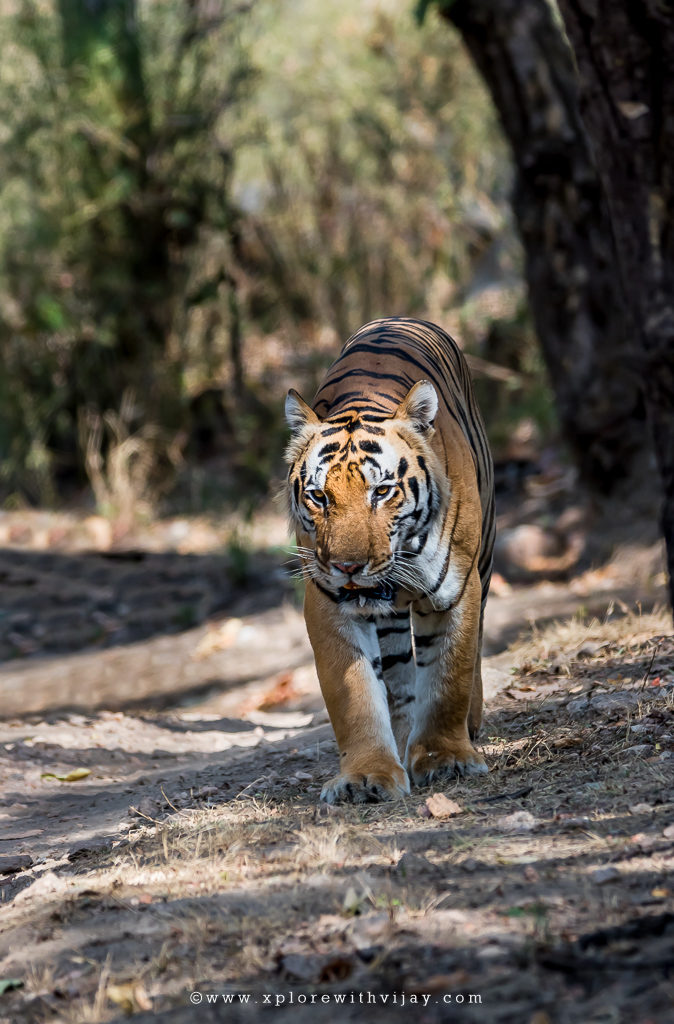
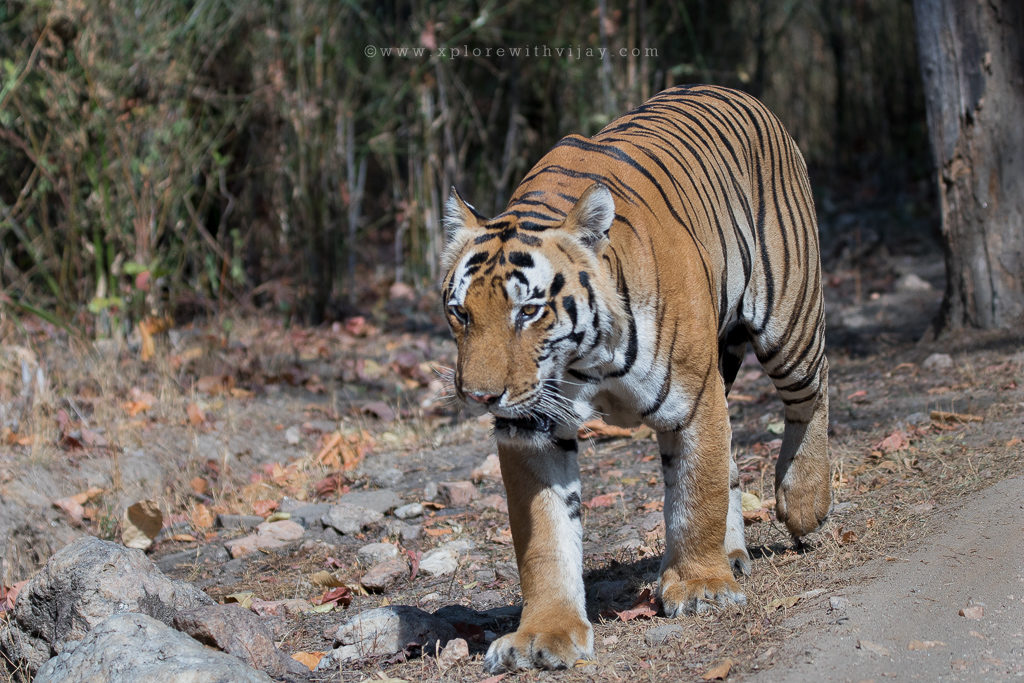
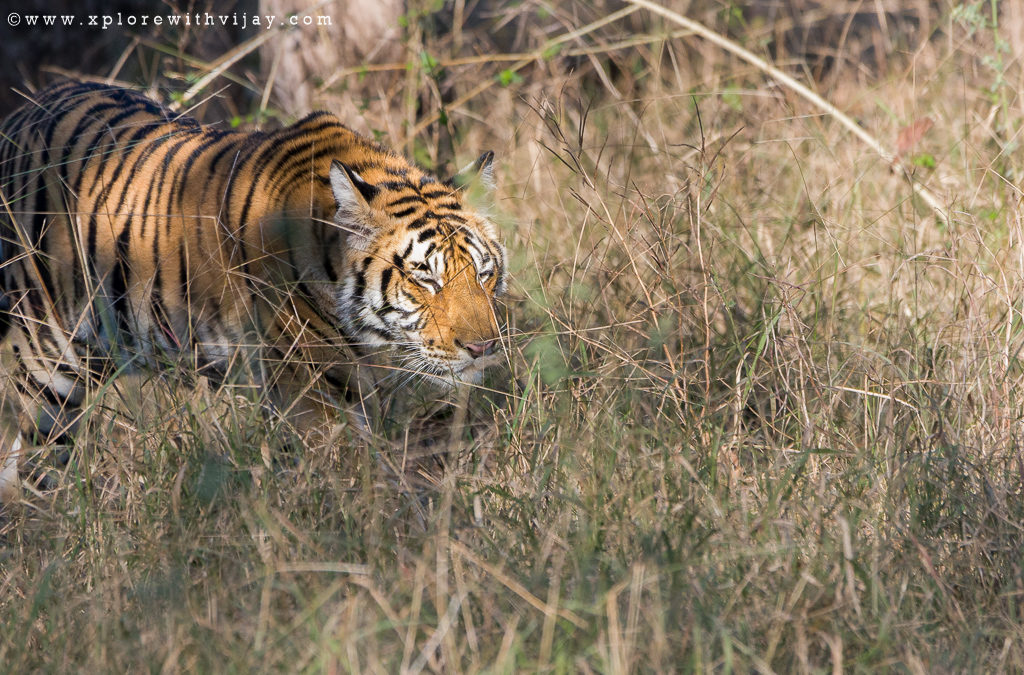
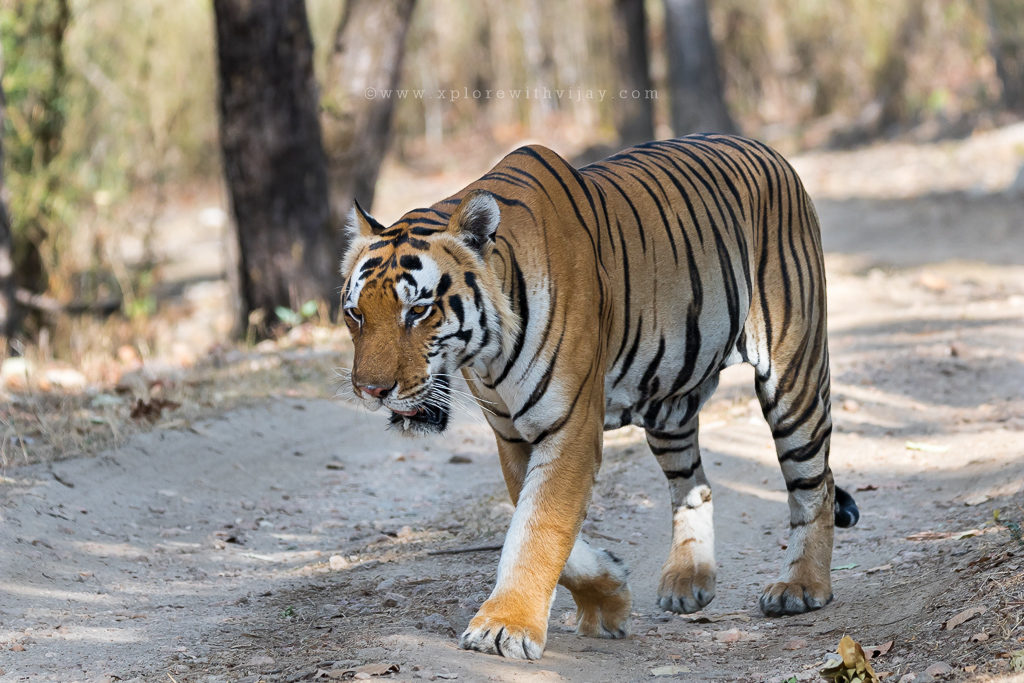
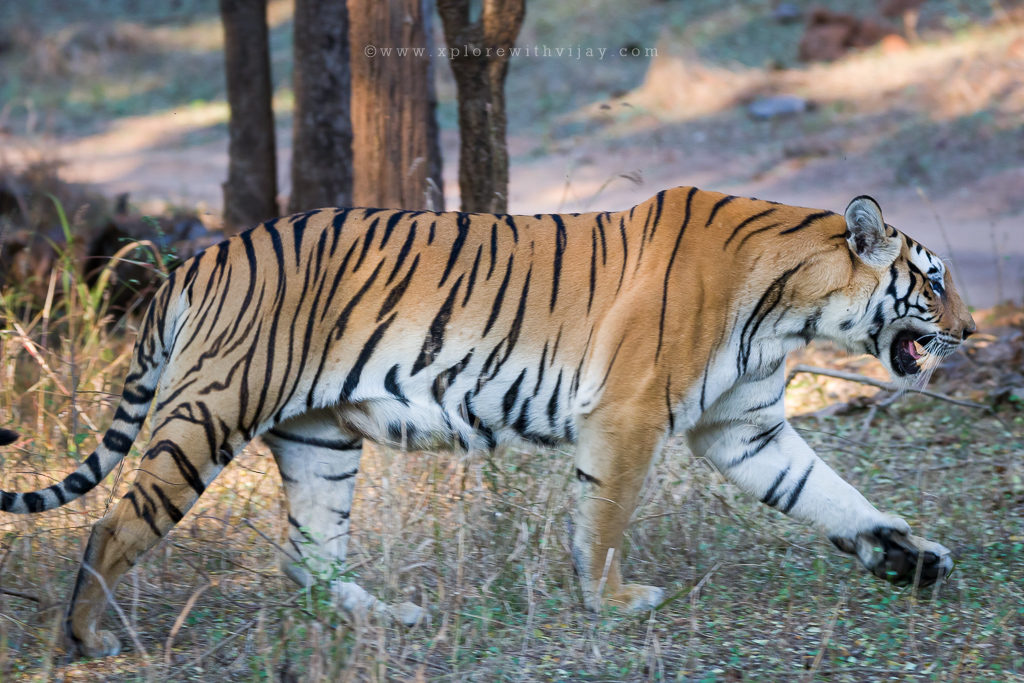
Here’s a splendid visual from my collection:
Feel free to share this blog with your friends. Hit any of the social icons below to share this blog!
If you liked this article, please do subscribe to my travel blogs!

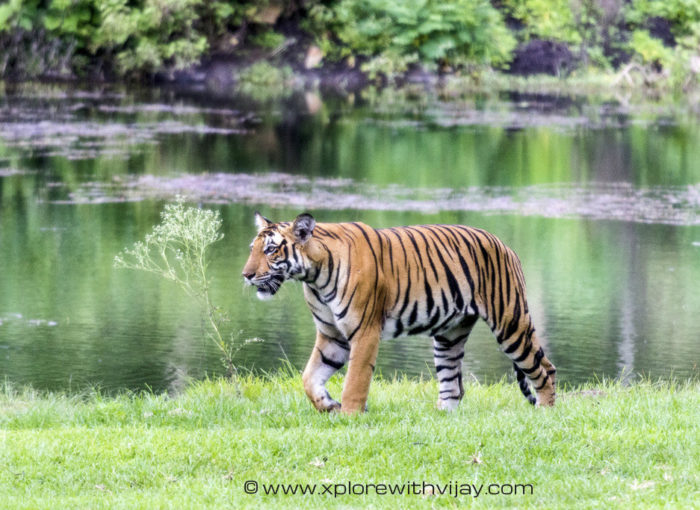
Verses and Photographs in Harmony for a Harmony in Ecosystem!!!
Hatss off!!
Thank you very much, Anjana!
Thank you very much! I am glad you are liking the articles on my blog! 🙂